BRICS: More Than Just a Name — A Vision for a Fairer World
With the world facing climate disasters, deep political divides, and growing economic gaps, the BRICS group — made up of Brazil, Russia, India, China, and South Africa — represents more than just a coalition of countries from the Global South. It stands as a potential force for creating a more balanced and inclusive global system. Still, for many people, BRICS feels like distant political jargon — something that doesn’t really touch everyday life. But what if BRICS could actually play a role in tackling real-world problems like inequality, underdevelopment, and social instability?
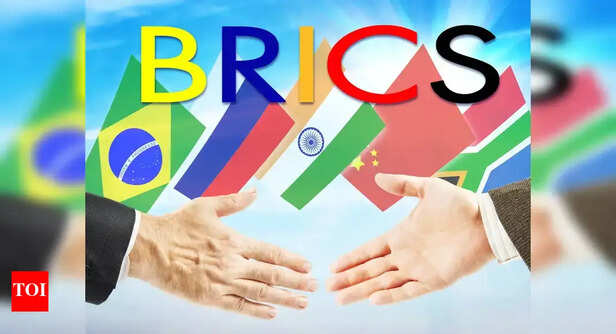
BRICS
BRICS: More Than Just a Name, The Story Behind the Alliance
Let’s go back to 2001. That’s when economist Jim O’Neill first came up with the term “BRIC” to describe four fast-growing economies: Brazil, Russia, India, and China. South Africa joined later in 2010, turning BRIC into BRICS. O’Neill wasn’t just making a guess — he believed these countries would become major players in the global economy by 2050. But it wasn’t just about numbers. It signaled a bigger shift: moving away from the world order dominated by institutions like the IMF and the World Bank.
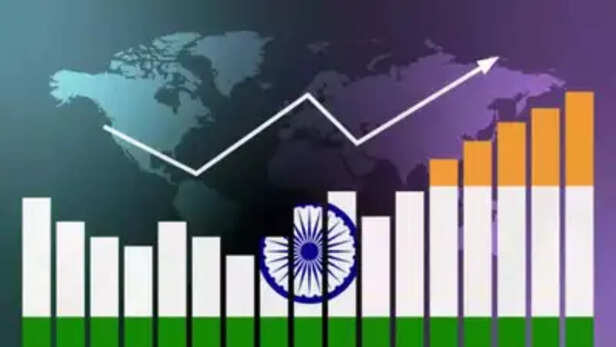
global economy
What really connects the BRICS countries is a shared history. Each has faced colonization, economic exploitation, and major political change. This common experience isn’t just in the past — it still shapes their goals today. They’re all working toward greater independence, respect on the global stage, and fairer development. Together, BRICS countries make up about 40% of the world’s population, nearly a quarter of the global economy, and close to 30% of the Earth’s land area.
BRICS: More Than Just a Name, How Politics, History, and Sustainability Intersect
Think about the history behind BRICS. Its creation wasn’t just a political move — it was a way to push back against centuries of colonialism and Cold War-era power imbalances. The group brings together countries from across the globe, each with unique cultures, ecosystems, and backgrounds. Politically, BRICS challenges the dominance of a U.S.-centered world order and offers a more balanced, cooperative approach to global leadership.
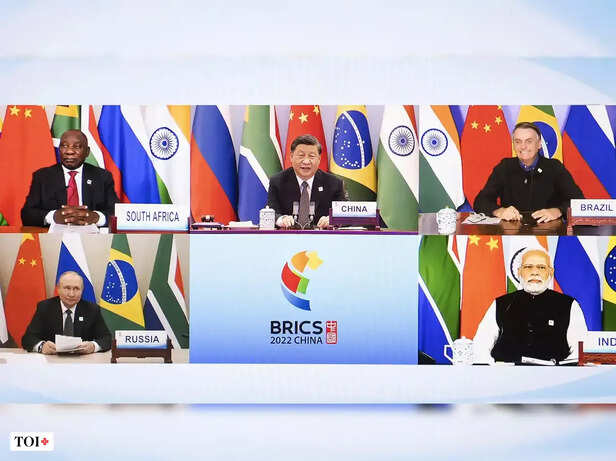
China Meet
But this isn’t just about big-picture diplomacy. BRICS nations are working together in practical ways too, especially through South-South cooperation — a model where developing countries help each other grow through trade, technology, and infrastructure, without the usual political strings. One example is the New Development Bank, launched in 2015. It’s already investing in eco-friendly infrastructure, from solar power to clean water systems, helping member countries move toward a more sustainable future.
BRICS for the People: Real Change on the Ground
Let’s make this real. Think of a farmer in Brazil who can now water his crops using solar-powered irrigation, thanks to a project funded by the BRICS bank. Or a community in South Africa where cleaner, cheaper public transport makes everyday life a little easier. Or an entrepreneur in India who gets a loan for her eco-friendly startup — not from a traditional Western bank, but from one backed by countries like hers.
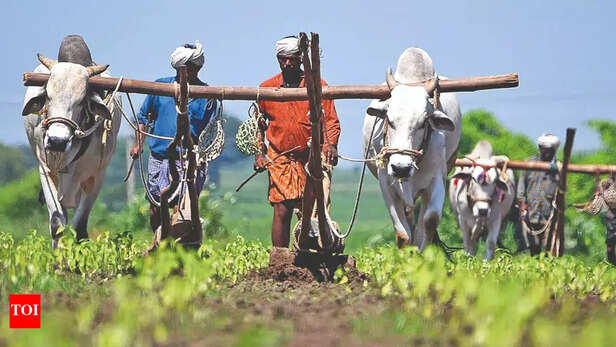
BRICS Supporting Agriculture
This is what BRICS looks like in action: making people less reliant on outside help, giving them more control over their future, and lifting up communities from the inside out. It’s not about handouts — it’s about working together, investing in each other, and building dignity through partnership.
BRICS for the People: The Digital Push
In today’s ultra-connected world, access to digital tools isn't just convenient — it’s essential for progress. That’s why BRICS countries are pouring resources into building better digital infrastructure, strengthening cybersecurity, and supporting financial technology. The goal? To close the digital gap, which has become one of the biggest sources of inequality today. Things like fast internet, mobile banking, and online education have the power to level the playing field for millions.
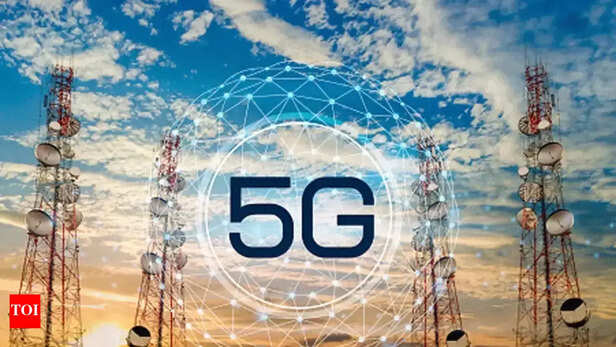
digital infrastructure development
Each BRICS country brings something unique to the table: China leads in tech development, India is known for its IT talent, Brazil is experimenting with innovative social tech, Russia has strong cybersecurity systems, and South Africa is driving digital change from the ground up. Together, they’re creating a powerful foundation for technology-driven social progress.
BRICS for the People: A More Human Way to Lead in a Multipolar World
Some say BRICS is too mixed and different to work well as a group. But maybe that’s exactly what makes it powerful. Unlike the Western version of globalization — which often expected everyone to follow the same rules, systems, and values — BRICS embraces its differences. It’s not trying to mimic the West. Instead, it offers a different path, one that values local cultures, respects traditions, and protects the environment.
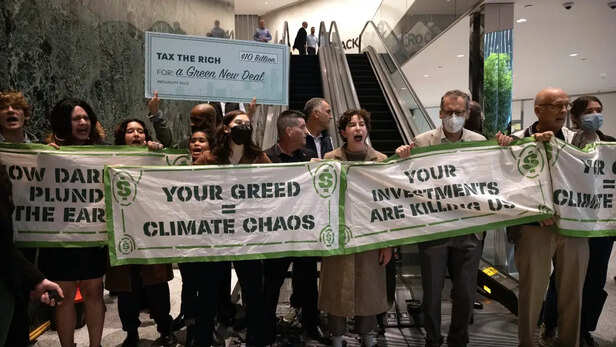
climate change, inequality, and unrest
This approach is rooted in something bigger than politics — it’s a moral choice. At a time when global problems like climate change, inequality, and unrest are all connected by the same issue — growth that ignores people and the planet — BRICS is offering another way forward: one that’s fair, sustainable, and focused on shared progress.
BRICS for the People: Morality in a Multipolar World — The Challenges Ahead
Let’s be honest, BRICS isn’t perfect. There are political issues (like the India-China border disputes), economic gaps, and differences in how the countries are governed. These can sometimes slow things down. But the fact that these nations are still willing to work together, despite their disagreements, is in itself a form of progress. Instead of focusing on power struggles, BRICS is all about dialogue and finding common ground — a commitment to peaceful cooperation over forceful control.
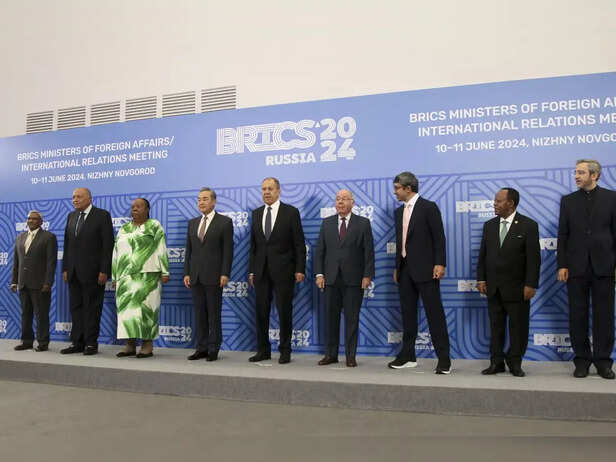
india-welcomes-egypt-iran-uae-saudi-arabia-and-ethiopia-joining-brics.
In August 2023, BRICS took a big step by welcoming six new countries: Egypt, Ethiopia, Iran, Argentina, the UAE, and Saudi Arabia. This expansion shows that BRICS is growing, not out of nostalgia, but because it’s needed in today’s world.
A Blueprint for Hope
BRICS isn’t just a name — it’s an idea that’s finally becoming reality. It’s about taking back control of the narrative, changing the way we think about development, and making sure power is shared more fairly. From the Amazon to the Himalayas, and from Johannesburg to St. Petersburg, BRICS creates a platform where everyone’s voice counts, and every future is worth building.
Ultimately, BRICS is about all of us — it’s about people coming together to imagine a world that’s not controlled by a few, but strengthened by many.
So, instead of just watching the future unfold, let’s step up and be part of creating it.
Unlock insightful tips and inspiration on personal growth, productivity, and well-being. Stay motivated and updated with the latest at
My Life XP.


















